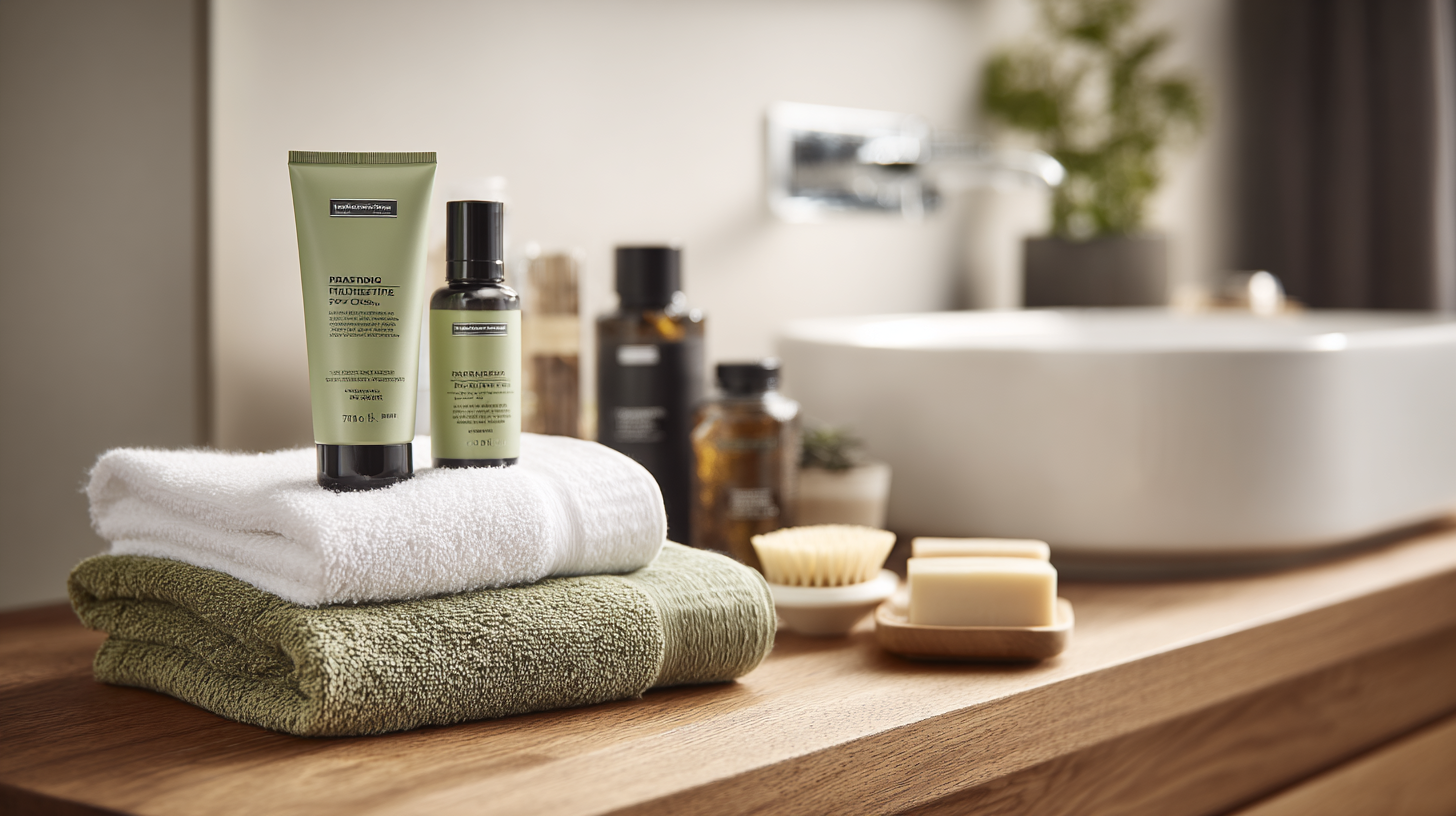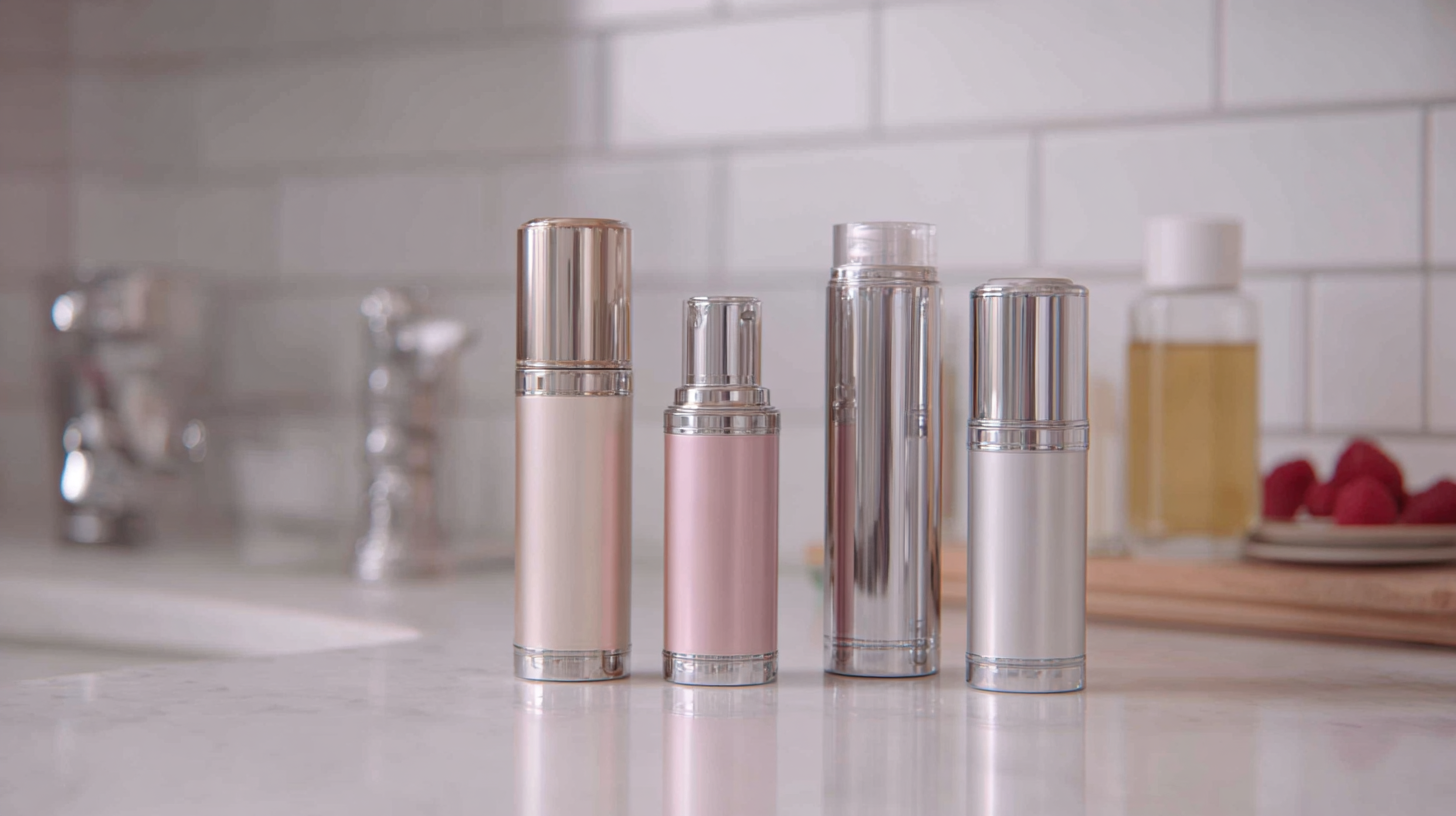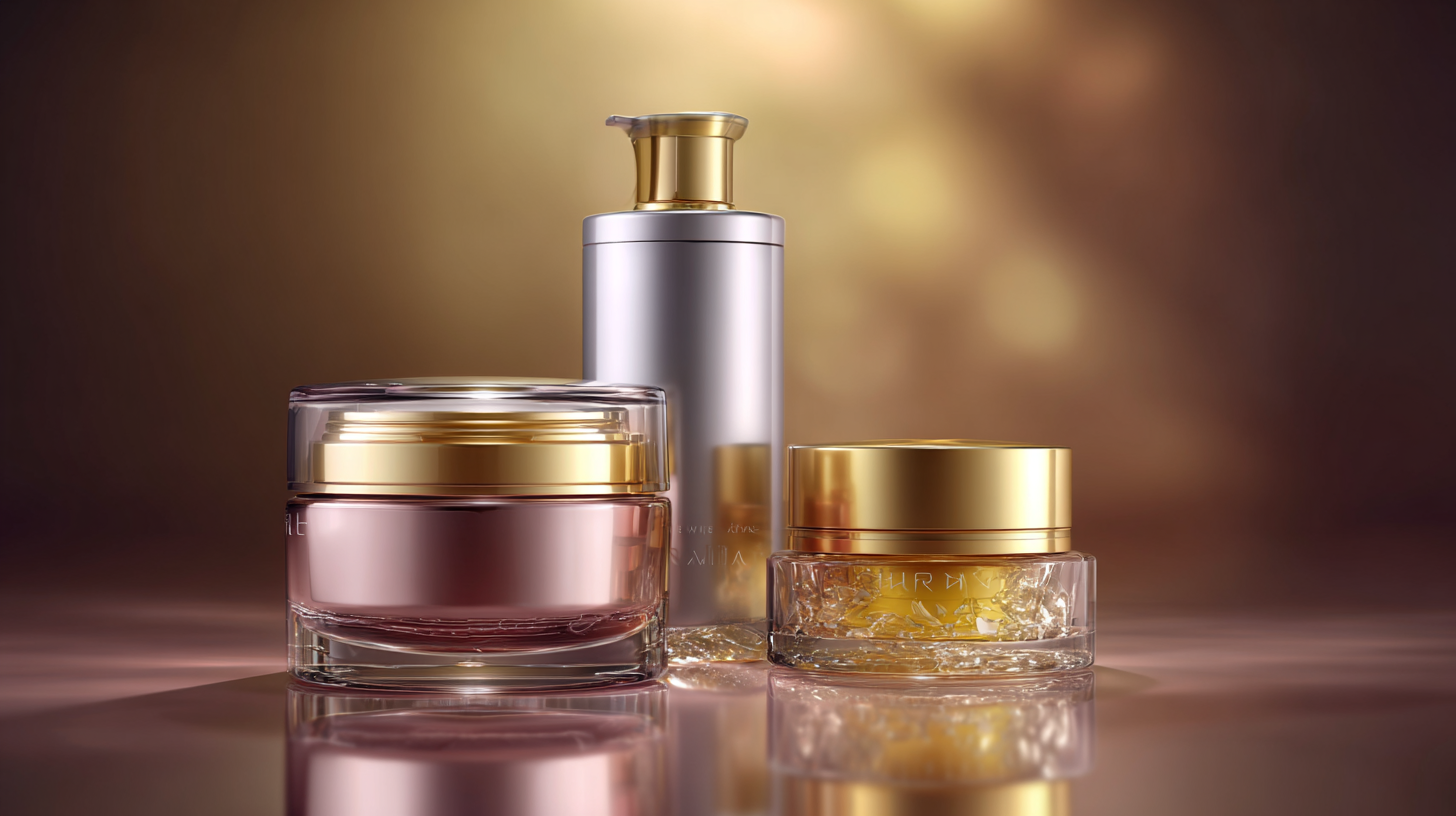Solutions for Optimal Use of Best Care Products
In today's fast-paced world, the demand for effective care products has surged, leading to an estimated market growth of over 6% annually within the personal care industry, according to recent industry reports. With consumers becoming increasingly discerning about the quality and efficacy of these products, optimal usage strategies have become critical. The global care product market, projected to reach nearly $500 billion by 2025, emphasizes the importance of leveraging best practices to enhance the benefits derived from these products. As brands innovate and expand their offerings, it is essential for consumers to understand how to maximize the effectiveness of their care products, ensuring they achieve the desired outcomes without unnecessary expenditure. This blog will explore practical solutions and examples that highlight the optimal use of care products, guiding readers toward more informed and rewarding choices in their personal care routines.

Understanding Common Issues with Care Products
When it comes to using care products, many consumers often encounter common issues that can adversely affect their effectiveness.
One primary concern is the mismatch between skin type and product formulation. For instance, individuals with oily skin may find that certain heavy creams can exacerbate their condition, leading to breakouts rather than improvement. Educating oneself about ingredients and their suitability for specific skin concerns is crucial to avoid these pitfalls.
Another frequent problem is the misuse of products, which can stem from a lack of understanding about application techniques. For example, overloading the skin with too many products in a single routine can lead to irritation or reduced efficacy. It's essential to follow recommended usage guidelines and build a tailored regimen that favours gradual integration of new items.
Awareness of common issues not only empowers consumers to make informed choices but also enhances the overall experience of using care products.
Identifying Key Factors Affecting Product Efficacy
When it comes to achieving the best results with care products, understanding the key factors influencing their efficacy is crucial. One of the primary elements is the formulation itself—ingredients should be carefully selected not only for their individual benefits but also for their synergistic effects when combined. For instance, products enriched with antioxidants and vitamins can boost the skin's natural defenses while enhancing hydration. Being aware of the specific needs of your skin type is essential, as this can determine which ingredients will work best for you.
Another significant factor is the application technique. The way a product is applied can greatly affect its absorption and overall results. Techniques such as gentle massage can increase blood circulation, helping active ingredients penetrate deeper into the skin. Additionally, the timing of product application plays a role; using certain products at night may allow for greater effectiveness due to reduced environmental stressors. By considering these variables, individuals can optimize their use of care products to achieve visibly improved results, making their skincare routines more effective and enjoyable.

Strategies to Enhance the Effectiveness of Care Products
When it comes to maximizing the benefits of care products, adopting strategic approaches can significantly enhance their effectiveness. First and foremost, understanding the unique formulation of each product is crucial. This means familiarizing oneself with the key ingredients and their intended functions. For example, knowing whether a product has hydrating, exfoliating, or anti-inflammatory properties allows users to tailor their skincare or haircare routines accordingly. Pairing complementary products, such as using a moisturizer after a serum, can also create a synergistic effect, amplifying the results on the skin or hair.
Additionally, the method of application can greatly influence outcomes. Techniques such as gentle massaging or using specific tools like jade rollers can improve blood circulation and aid the absorption of active ingredients. Timing is another factor; applying products at optimal times—like using a nourishing mask before bed—can harness the body’s natural reparative processes overnight. Ultimately, it’s about creating a personalized regimen that not only fits individual needs but also optimizes the performance of the chosen care products. By being mindful of these strategies, users can cultivate a more effective and enjoyable self-care routine.
Enhancing the Effectiveness of Care Products
This chart displays the effectiveness of various care product application strategies based on user feedback. The strategies considered include "Proper Application Technique", "Regular Use", "Combination with Other Products", and "Using as Directed".
Best Practices for Selecting and Using Care Products
When it comes to selecting and using care products, there are best practices that can help you make informed choices. One critical approach is to look for transparency in ingredients. Brands that provide clear and comprehensive information on what’s included in their formulations allow consumers to understand how these ingredients interact with their skin. This empowers users to avoid potential irritants and make selections that align with their skin type and concerns.
Another important practice is to prioritize quality over quantity. The recent discourse around skincare suggests that using fewer, high-quality products may yield better results than applying numerous products excessively. Simple routines often minimize the risk of adverse reactions and allow the skin to breathe. Establishing a concise yet effective regimen—focusing on well-formulated products—can help maintain skin health without overwhelming it. This principle also extends to the use of eye drops and other care solutions, emphasizing that less can indeed be more for optimal skin and eye health.
Solutions for Optimal Use of Best Care Products - Best Practices for Selecting and Using Care Products
| Category | Product Type | Key Ingredients | Usage Tips | Frequency of Use |
|---|---|---|---|---|
| Skincare | Moisturizer | Hyaluronic Acid, Glycerin | Apply on damp skin for better absorption | Daily |
| Haircare | Shampoo | Sulfate-free, Natural Oils | Massage gently, rinse thoroughly | 2-3 times a week |
| Body Care | Body Lotion | Shea Butter, Aloe Vera | Apply after showering for best results | Daily |
| Suncare | Sunscreen | Zinc Oxide, Titanium Dioxide | Apply 30 minutes before sun exposure | As needed |
| Oral Care | Toothpaste | Fluoride, Charcoal | Brush for at least 2 minutes | Twice Daily |
Addressing User Feedback and Product Improvement Opportunities
User feedback is an invaluable resource for enhancing care products. According to a recent study by Grand View Research, the global skincare market is expected to reach $189.3 billion by 2025, driven largely by consumer preferences for effective and sustainable products. By actively addressing user concerns and preferences, companies can not only improve customer satisfaction but also optimize product formulations.

Tips: To better understand your audience, conduct regular surveys to gather insights on product performance and desired features. Utilize this feedback to make iterative changes that reflect user needs.
Moreover, integrating user feedback into the development process can significantly reduce return rates, which the NPD Group reported as being around 20% in the beauty sector. Companies should implement focus groups and user testing sessions to identify areas for improvement.
Tips: Leverage social media platforms to create engagement opportunities where users can voice their opinions and suggestions. Engaging directly with consumers can foster a loyal community and promote transparency in product development.
By continuously refining products based on user insights, brands can ensure they remain competitive in a rapidly evolving market.
